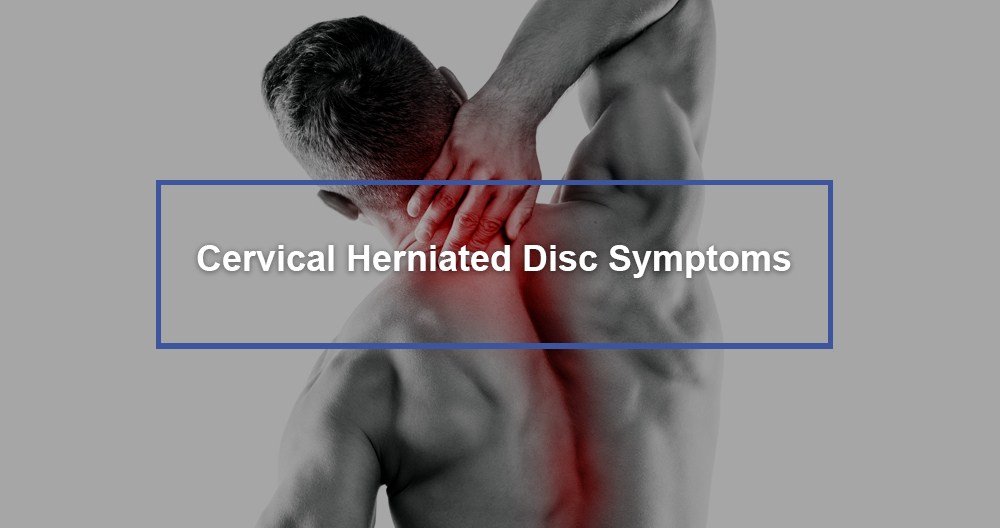Surgical versus Non-Surgical Discomfort Control: Choosing the Selection
Pain can be an debilitating experience that affects not only physical well-being but also psychological and cognitive health. In the past few years, advancements in pain management services have created a multitude of options for people seeking relief. Whether struggling with acute pain from an accident or managing chronic conditions such as joint pain or fibromyalgia, grasping the range of therapies and treatments available is crucial for making informed choices.
As we explore the world of pain therapy, it's important to consider the distinctions between operative and non-surgical approaches. Just as everyone experience pain in the same way, the journey to relief can vary greatly. Patients now have access to a wide array of pain management therapies, from physical therapy and chiropractic care to pain relievers and innovative alternatives like needle therapy and cannabidiol. This thorough guide will examine how these services can enhance quality of life, highlighting effective strategies for tackling various types of pain while enabling individuals to choose the optimal path for their specific circumstances.
Understanding Pain Control
Pain management encompasses numerous of medical approaches designed to alleviate pain and improve the living standards for individuals suffering from discomfort. At its core, this process aims to identify the underlying causes of pain and effectively alleviate it through a customized treatment plan. This may comprise an amalgamation of medication, physical therapy, complementary treatments, and lifestyle modifications. Understanding pain management requires a comprehensive approach to not only address the symptoms but also address the underlying factors of discomfort.
The complicated nature of pain itself makes effective management challenging. There are various types of pain, such as acute and chronic pain, each requiring distinct approaches for treatment. Acute pain is typically a direct reaction to injury or illness and is often temporary, while chronic pain continues over time, often without a definitive cause. Understanding these differences is crucial in determining appropriate interventions and utilizing various therapies that best fit an person's specific needs.
Pain management services are designed to provide patients with an all-encompassing plan that considers the physical, emotional, and psychological aspects of pain. This multidisciplinary approach can significantly improve overall health and well-being by integrating various treatment methods, including medications, physical therapy, and alternative therapies like acupuncture and chiropractic care. By focusing on a comprehensive array of treatment options, pain management seeks to enable individuals to regain control over their lives and efficiently deal with their pain.
Therapies and Approaches for Pain Management
Managing pain encompasses a variety of treatments and methods aimed at alleviating discomfort and enhancing quality of life. One of the most successful methods includes physiotherapy, which concentrates on strengthening muscles and enhancing mobility. Tailored exercises not only help reduce persistent pain but also instruct patients how to manage their conditions successfully. Additionally, techniques like ultrasound therapy and therapeutic modalities, such as heat and cryotherapy applications, play a crucial role in reducing inflammation and soothing pain.
Chiropractic treatment is an additional essential component of pain management. By using hands-on spinal manipulation and other manual techniques, chiropractors aim to correct the body's musculoskeletal structure. This realignment can substantially reduce pain and improve function, particularly for conditions like lumbar pain or migraines. Moreover, chiropractic care emphasizes preventative care and overall wellness, making it a beneficial addition to conventional pain management strategies.
Alternative therapies such as needle therapy and massage therapy have gained popularity for their holistic pain-relieving properties. Acupuncture involves placing thin needles into specific points on the body, helping to prompt healing and reduce pain. On the other hand, massage therapy helps alleviate muscle tension and improve circulation, providing instant relief for many people. These complementary treatments can be particularly beneficial when combined with standard medical interventions, offering patients a well-rounded approach to pain management.
Managing Long-term Pain Efficiently
Efficiently addressing chronic pain requires a comprehensive approach that merges various therapies and personal adjustments. Therapeutic options often feature physical therapy, chiropractic care, and complimentary practices such as acupuncture and massage therapy. These minimally invasive interventions can help reduce discomfort, enhance mobility, and increase overall quality of life. In conjunction with these therapies, patients should look into practicing mindfulness and meditation techniques, which can play a important role in managing pain perception and promoting mental well-being.
Pharmaceuticals can serve as an essential component in chronic pain management, but it is vital to weigh the pros and cons of often prescribed painkillers. Opioids, while helpful for some individuals, come with considerable risks, making it vital to discuss complementary treatments like non-opioid medications and herbal solutions, including CBD and medical marijuana. Integrating diets focused on inflammation reduction and lifestyle changes can also contribute to pain management and better overall health, reinforcing the concept that controlling chronic pain extends beyond just medication.
Lastly, staying active is key to managing chronic pain effectively. Regular exercise, tailored to an individual’s abilities, can strengthen muscles and increase flexibility, which are crucial for pain relief. Patients should also make sure they are getting adequate sleep, as poor sleep can intensify pain levels. Engaging in relaxing and https://painmdhouston.com/ , such as yoga and gentle stretching, can further promote healing and help individuals reclaim control over their lives. Combining these various elements can lead to a comprehensive pain management strategy that adequately tackles the complexities of chronic pain.
